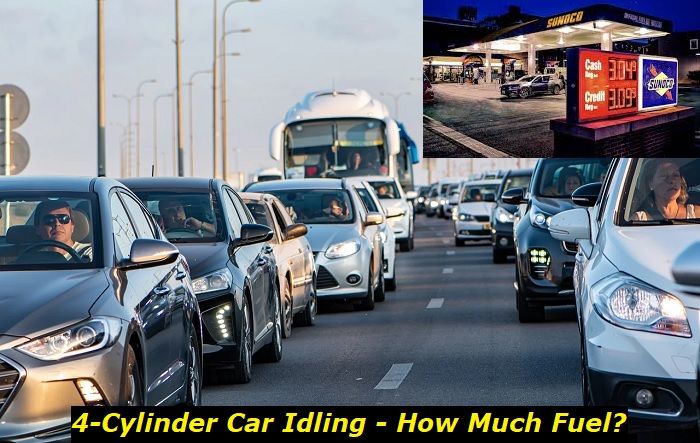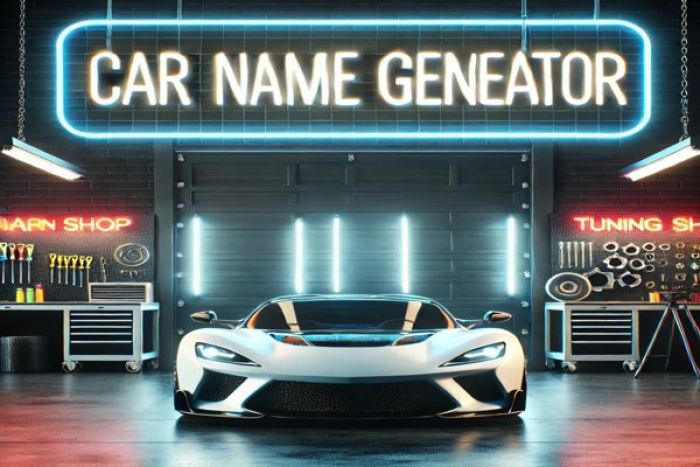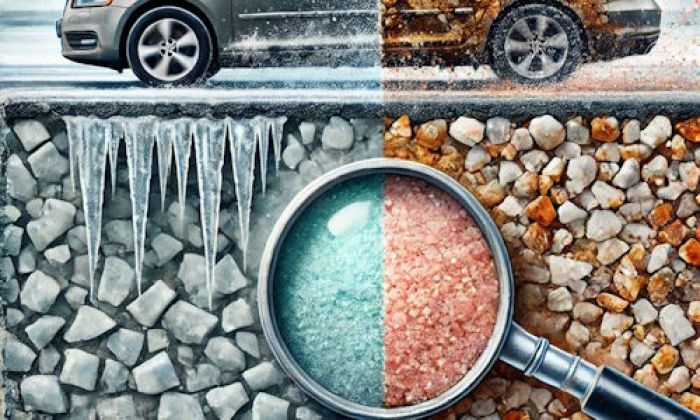The C-HR is one of the most youngster-friendly SUVs in the lineup of Toyota. The company introduced the first generation of the vehicle in 2018 and changed its appearance a little in 2022. Now, the refreshed C-HR comes with the only available 2-liter engine in the North American market and this doesn't seem a bad option.
Today, I will tell you about the 2.0L 3ZR-FAE engine in the Toyota C-HR, its common problems, its transmission, and some features that you should know if you want to buy this car. Also, I will outline the durability of this engine and its quality. I will try to answer all the questions that you asked me in comments and direct messages.
.jpg)
Key features and my opinion about the engine
- Production years:2008-2023
- Average lifespan of 3ZR-FAE:160,000-180,000 miles
- Fuel supply type:port injection
- Power range:148-158 hp
- Fuel efficiency:good
- Engine block material:aluminum
- Engine reliability score:medium
- The most common problems:noisy work, oil consumption, water pump is very weak, the chain will stretch fast, Valvematic and VVTi problems.
Key facts about the Toyota C-HR 2.0L engine
The C-HR is equipped with the 3ZR-FAE engine. This is a legendary Japanese unit that has been manufactured since 2008 and is now a very well-known engine. We know almost everything about its common issues, weak spots, and advantages. I can't say this is the perfect engine for the new CH-R. I actually expect to get something more technological from this vehicle. But the engine choice is obviously not bad.
The same engine has been used in a lot of other Toyota models like RAV4 and Avensis, and also in the Lexus NX in some markets. Although some people are skeptical about its durability, I need to say that it's all about the way you use this engine.
Let's see its specs and features that you may want to know about:
- this is a non-turbocharged 2.0L 4-cylinder engine with just 144 horsepower and 139 lb-ft of torque - not a lot really;
- the engine is equipped with two types of valve timing - Dual VVTi and also Valvematic (sounds horrible to those who know what it is);
- the engine is equipped with the chain in the timing mechanism, it has hydraulic lifters, and the engineering is pretty simple;
- this is the engine with a simple MPI fuel injections system, so no carbon buildup and this is good news;
- the engine is equipped with only one type of transmission in the new CH-R - the CVT unit by Toyota;
- in terms of fuel consumption, this engine offers 27 MPG in the city and 31 MPG on highways - not bad for such a simple unit.
Interestingly, I can't tell you more about the engine. It's a simple all-aluminum unit that just doesn't have anything special in its construction. While it's bad for the article and it makes it not so interesting, it's good for owners. The less super-modern technologies are included in any Toyota engine, the easier it is to maintain and repair them.
I still think that Toyota could include a more technological and up-to-date engine in its cool C-HR SUV. The fact that it was engineered 15 years ago is really unusual for modern vehicles. But you get some durability and problem-free driving, at least under the warranty period. So, let's see some advantages in this.
What's the estimated durability of the 2.0L engine in the C-HR?
I can tell you for sure that the average longevity of the 3ZR-FAE engine in the Toyota C-HR is about 160,000 miles. This is not good and not bad - just the average durability of almost any modern engine.
When the 3ZR-FAE appeared in 2008-2010 in different markets, it was criticized for its poor longevity and a lot of high-mileage problems that are not so cheap to solve. But now it doesn't seem that bad when you compare it with some 3-cylinder turbocharged units that barely live 100K miles before passing away.
Also, the CVT in these cars is not going to live much longer than that. I've seen these CVTs causing problems at 140,000 miles and earlier. It's not bad for the CVT, but still bad for a Toyota car that you may expect to be much more durable than its competition on the market.
Overall, you are OK to drive the C-HR for about 150,000 to 160,000 miles. I would recommend selling the car once it hits this mileage. Otherwise, you will be the one to invest in the Japanese SUV a lot of money to repair the engine and replace the tranny.
What are the common problems with the 3ZR-FAE engine in the C-HR?
Well, I will list several common problems with the engine just because it's one of the well-known and legendary engines and I know a lot about its possible issues. Please don't think that I discourage you from buying the C-HR - I personally think this is a very decent and beautiful small SUV for its money. I just think it's fair for you to know what problems you can have with this car once it hits 100K miles or more.
So, these are the common issues you should consider for the 2.0L engine in the Toyota C-HR:
1. Bad oil consumption
One of the most popular types of discussions in Toyota forums about the new C-HR is its oil consumption. It may start much earlier than you expect and lead to really bad oil consumption of up to 1 liter for every 500 miles. Dealers say it's just OK and don't want to replace valve seals or diagnose the engines.
Bad oil consumption may lead to other problems like low oil levels and poor lubrication. It's extremely important to keep an eye on the oil level in these engines. When the level falls down the MIN mark on the dipstick, you will still not see the "low oil pressure" light on the dash for some time, but the engine will start destroying itself.
2. Noises and rattles during work
Almost all 2.0L engines in the C-HR work quite harshly. If you just turn on the engine, get out of the car, and pay attention to the sounds of the engine, you will be sure that it's something wrong with the powerplant. It sounds just not like a good Toyota engine should sound. But it's OK, no need to go to the dealership.
This is a feature of these engines - they may occasionally rattle when cold, sound harsh, make some vibrations, etc.
3. Valvematic and Dual VVTi systems
Those are two valve timing control systems that work together to make the engine even more efficient. But the 3ZR-FAE was the first engine that got the Valvematic system from Toyota and this leads to some common problems with this system and its cooperation with the Dual VVTi system.
Overall, valve timing works well for the first 50K miles. Then, you start going to the dealership quite often and one of the reasons for such visits is the problem with valve timing that makes your engine works even more harshly and freak out like crazy.
4. Water pump and timing chain issues
Although this engine is driven by the chain in the timing system, you shouldn't expect it to last forever. The average lifespan of the chain in Toyota CH-R should be considered about 100,000 miles. After that, you will need to replace it. Actually, I would recommend replacing the chain even earlier - at about 90,000 miles - just to avoid it being stretched fatally.
Also, the water pump will get on your nerves. I know cases when this shabby pump could only survive 30,000 miles and mechanics in Toyota dealerships agree that this is one of the most problematic parts in the 3ZR-FAE engine that needs proper attention.
Can you prolong the life of the Toyota C-HR 2.0L engine?
It's quite hard to avoid any problem with the 3ZR-FAE engine and happily drive it for many years. Although Toyota technologies are relatively reliable, it still seems impossible to me to not experience any common problems with the CH-R engine. But you can dramatically reduce the number of problems and your expenses on solving them.
Here's how:
- stick to the recommended intervals of oil and filter change, don't miss the regular maintenance;
- remember to check the oil level once a week or after every long trip;
- pay attention to the quality of fuel - these engines hate contaminated fuel or low-octane fuel;
- don't ignore serious changes in how this engine works but don't go to the dealership because of some light vibrations or cold-start RPM fluctuations;
- buy OEM parts and high-quality fluids to service this engine;
- avoid aggressive driving - this will kill both CVT and the engine.
So, the engine is quite good in terms of its quality and durability. Yes, it will still need some attention from you in terms of fluid levels and driving style. But still, you get a reliable and well-known engine that is easy to repair at any good repair shop. Also, Toyota has all the needed parts for it available in the dealerships, no need to wait for weeks or months.
But, as in any other engine in the world, there are some issues you should remember about. Just be informed and address the problem once they show up to minimize the damage to your engine.
About the authors
The CarAraC research team is composed of seasoned auto mechanics and automotive industry professionals, including individuals with advanced degrees and certifications in their field. Our team members boast prestigious credentials, reflecting their extensive knowledge and skills. These qualifications include: IMI: Institute of the Motor Industry, ASE-Certified Master Automobile Technicians; Coventry University, Graduate of MA in Automotive Journalism; Politecnico di Torino, Italy, MS Automotive Engineering; Ss. Cyril and Methodius University in Skopje, Mechanical University in Skopje; TOC Automotive College; DHA Suffa University, Department of Mechanical Engineering






Add comment